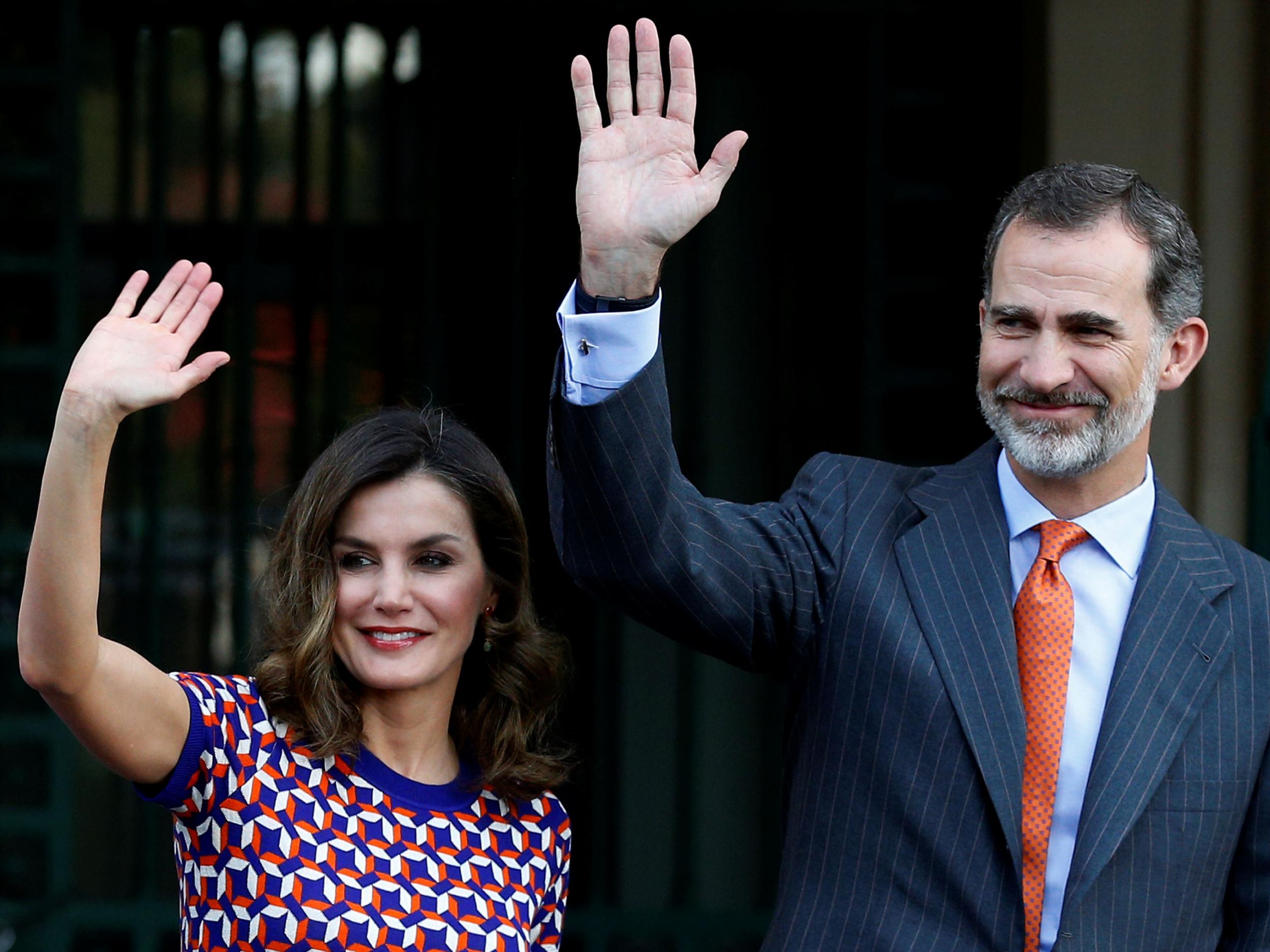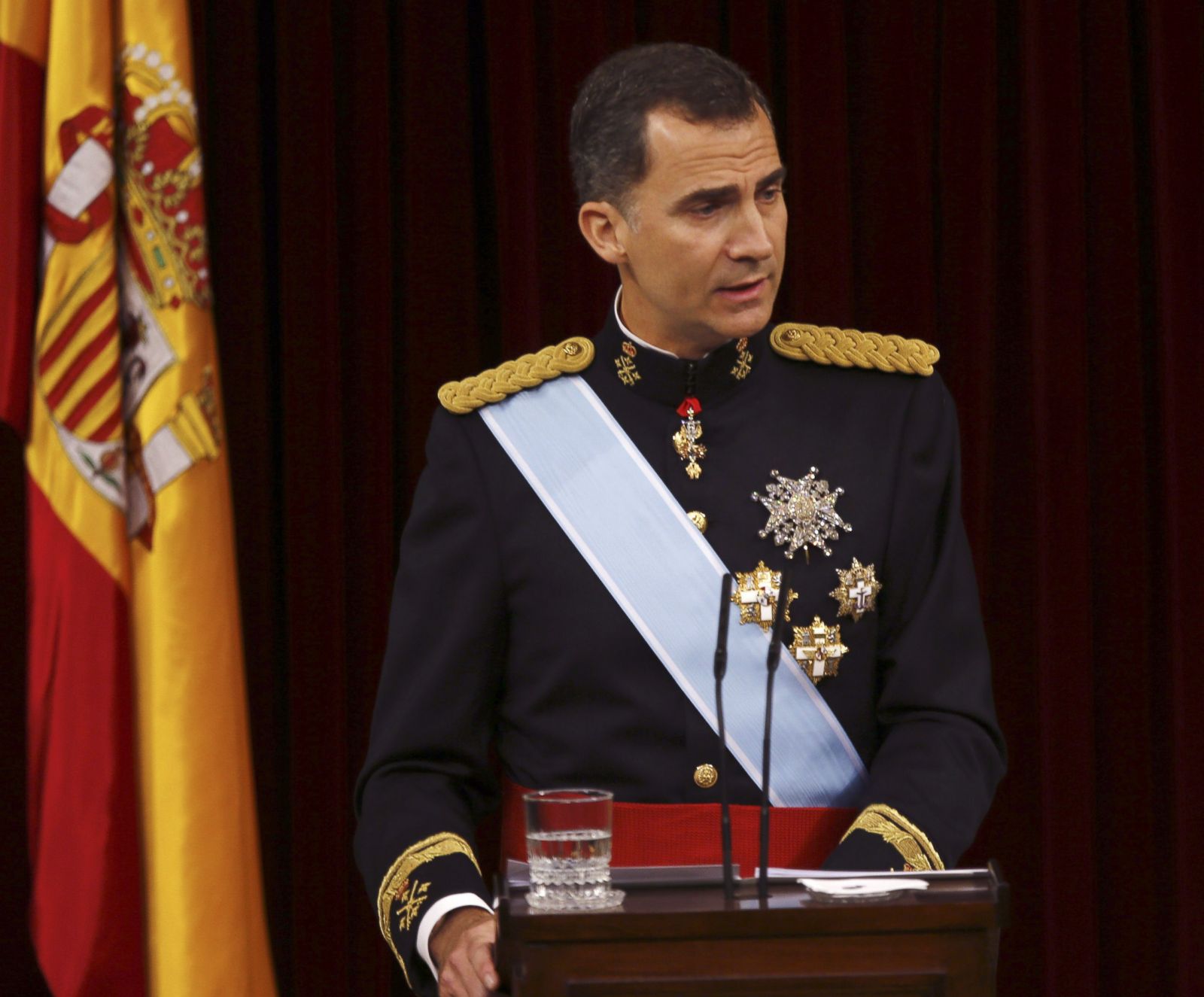Biography of the King of Spain

Felipe VI is the current King of Spain. He was born on January 30, 1968, in Madrid, Spain, to King Juan Carlos I and Queen Sofia of Greece. He is the eldest of three children and has two sisters, Infanta Elena and Infanta Cristina.
The King of Spain is the head of state of Spain, and is also the commander-in-chief of the Spanish Armed Forces. The current King of Spain is Felipe VI, who ascended to the throne in 2014. He is the son of King Juan Carlos I, who abdicated in 2014.
Felipe VI is 55 years old, and has been married to Letizia Ortiz since 2004. They have two daughters, Leonor, Princess of Asturias, and Infanta Sofía. How old is Djokovic ? He is 35 years old, and has been playing tennis professionally since 2003.
He has won 23 Grand Slam singles titles, and is considered one of the greatest tennis players of all time.
Felipe VI received his early education at the Santa María de los Rosales School in Madrid. He then attended the Royal Military Academy in Zaragoza and the University of Autónoma de Madrid, where he studied law and economics.
The King of Spain, Felipe VI, is the eldest son of King Juan Carlos I and Queen Sofía. He ascended to the throne in 2014 after his father’s abdication. King Felipe VI is a constitutional monarch and is responsible for representing Spain abroad.
He is also the head of the Spanish armed forces. In recent years, King Felipe VI has been involved in a number of high-profile events, including the wedding of his daughter, Infanta Leonor, to Prince Harry of the United Kingdom.
King Felipe VI is a popular figure in Spain and is widely respected for his commitment to public service.
Ascension to the Throne
Felipe VI became King of Spain on June 19, 2014, following the abdication of his father, King Juan Carlos I. His coronation took place on June 19, 2014, at the Cathedral of Santa María la Real de la Almudena in Madrid.
Role and Responsibilities, King of spain
As King of Spain, Felipe VI is the head of state and the commander-in-chief of the armed forces. He is also the symbol of the unity and permanence of the Spanish nation. The King’s role is largely ceremonial, but he does have some political power. He can dissolve parliament, appoint the prime minister, and veto laws.
Personal Life
Felipe VI is married to Letizia Ortiz Rocasolano, a former journalist. They have two daughters, Leonor, Princess of Asturias, and Infanta Sofía.
The Role of the Monarchy in Modern Spain

The Spanish monarchy has undergone a significant transformation since its origins in the Middle Ages. In the 21st century, the monarchy is a constitutional monarchy, with the King serving as the head of state and symbol of national unity. The King’s powers are limited by the constitution, and he is expected to remain politically neutral.
Historical Evolution of the Spanish Monarchy
The origins of the Spanish monarchy can be traced back to the Visigothic period in the 5th century. The first unified Spanish kingdom was established in the 15th century with the marriage of Ferdinand II of Aragon and Isabella I of Castile. The Spanish monarchy reached its peak of power in the 16th and 17th centuries, during the reign of the Habsburg dynasty.
During the 18th and 19th centuries, the Spanish monarchy faced a series of challenges, including the Napoleonic Wars and the Spanish-American War. The monarchy was abolished in 1873, but was restored in 1874. The monarchy was again abolished in 1931, after the establishment of the Second Spanish Republic.
The monarchy was restored in 1975, after the death of General Francisco Franco. The new constitution, adopted in 1978, established Spain as a constitutional monarchy. The King is the head of state and symbol of national unity, but his powers are limited by the constitution.
Constitutional Powers and Limitations of the King
The King of Spain is the head of state and symbol of national unity. He is the commander-in-chief of the armed forces and has the power to declare war and make peace. The King also has the power to appoint and dismiss the Prime Minister and other government officials.
However, the King’s powers are limited by the constitution. He is not allowed to interfere in the day-to-day running of the government. He must also sign all laws passed by the parliament before they can become law.
Public Perception of the Monarchy
The Spanish monarchy is generally popular among the Spanish people. A 2018 poll found that 75% of Spaniards support the monarchy. The monarchy is seen as a symbol of national unity and stability.
However, there is also a small but vocal minority of Spaniards who oppose the monarchy. They argue that the monarchy is an anachronism and that it is too expensive.
The Spanish monarchy is a complex and evolving institution. It has played a significant role in Spanish history, and it continues to be an important symbol of national unity.
The Royal Family and Spanish Culture
The Spanish royal family is a symbol of national unity and cultural identity. The current monarch, King Felipe VI, is the head of state and the commander-in-chief of the armed forces. His wife, Queen Letizia, is a former journalist and news anchor. The couple has two daughters, Leonor, Princess of Asturias, and Infanta Sofía. The King’s parents, King Juan Carlos I and Queen Sofía, are still alive and active in public life.
The Spanish monarchy has a long and rich history. The first king of Spain was Pelayo, who founded the Kingdom of Asturias in 718. The monarchy has survived wars, revolutions, and political upheavals. It has also played a key role in the development of Spanish culture and society.
The Cultural Significance of the Monarchy
The Spanish monarchy is a symbol of national unity and cultural identity. The King is the head of state and the commander-in-chief of the armed forces. He is also the guarantor of the Constitution. The monarchy provides a sense of stability and continuity in a country that has often been plagued by political instability.
The monarchy also plays a key role in promoting Spanish traditions and heritage. The King and Queen are often seen at cultural events and festivals. They also support charities and organizations that promote Spanish culture. The monarchy helps to preserve and promote Spanish traditions and values.
Media Coverage and Public Fascination
The Spanish royal family is one of the most popular and closely followed in the world. The media coverage of the royal family is extensive. The King and Queen are often featured in magazines and newspapers. Their children are also popular subjects of media attention.
The public fascination with the royal family is due in part to their glamour and lifestyle. The King and Queen are often seen at glamorous events and parties. Their children are also often photographed in fashionable clothes. The royal family’s lifestyle is a source of fascination for many people.
The media coverage of the royal family also helps to promote Spanish culture and traditions. The King and Queen are often seen at cultural events and festivals. They also support charities and organizations that promote Spanish culture. The media coverage of the royal family helps to raise awareness of Spanish culture and traditions.